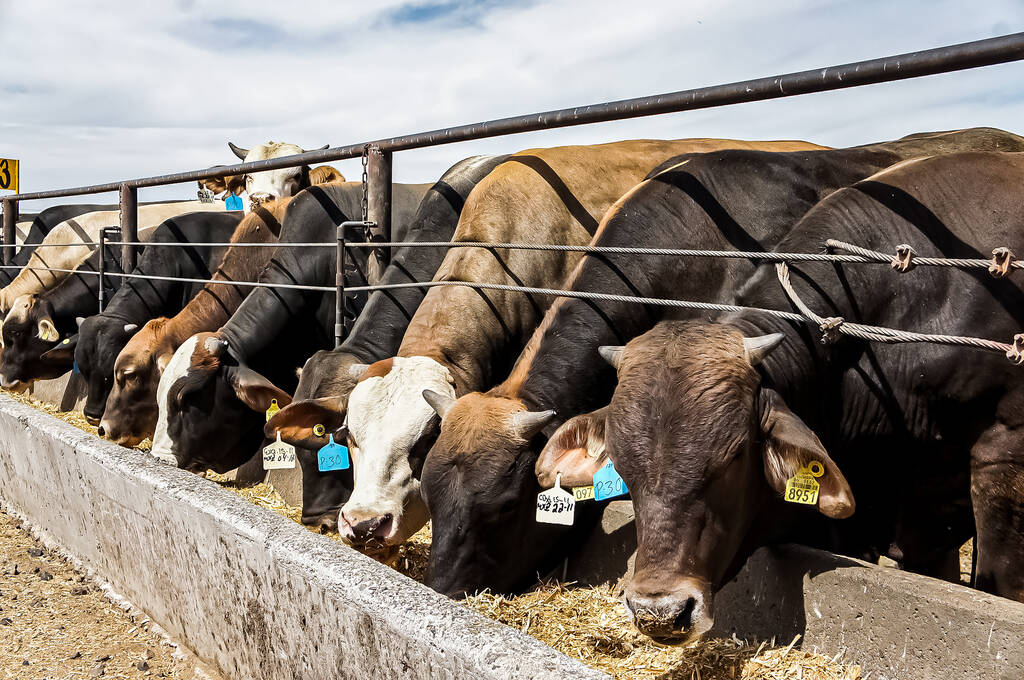Mexico‘s beef exports have not been affected by the drought in the north of the country, while its feed production is increasing.
So far, weather conditions are not a major factor for cattle production, as most of Mexico has good rainfall and humidity conditions.
In particular, according to the United States Department of Agriculture (USDA), domestic calves are raised mostly in central and southern Mexico, with a good supply of grass and water.
While the drought affects large parts of northern Mexico, with more severe conditions along the U.S.-Mexico border in the states of Chihuahua and Coahuila, feedlots in the northern states have the resources to provide feed and water to cattle even under these drought conditions.
According to Mexico’s National Association of Balanced Animal Feeding (CONAFAB), cattle feed demand represents approximately 20% of national cattle feed production (10% of beef cattle and 10 to 11% of dairy cattle).
The USDA estimates that Mexico will produce more than 39 million metric tons (MMT) of feed in 2022, representing about 10% of the world market share.
Feed production in Mexico between 2017 and 2021 showed an average growth rate of 3.8%, meaning an additional 1.0 MMT was manufactured each year, and the same trend is expected to continue through 2022 and into 2023.
Drought
USDA forecasts Mexican exports for 2023 to be 1.2 million head of cattle, a slight increase from the 2022 estimate of 1.08 million head.
Exports are not being affected by the heat or dryness reported in some parts of Mexico.
In addition, USDA projects calf production in Mexico at 8.45 million head for 2023.
Despite high feed prices, cattle producers have been able to increase production through vertical integration of feedlots to meat distribution, as well as improved genetics (embryos and semen), and production practices.
There are no incentives or government programs to promote production. However, the increase in the value of cattle and beef exports serves as an incentive for producers to increase their herds.

